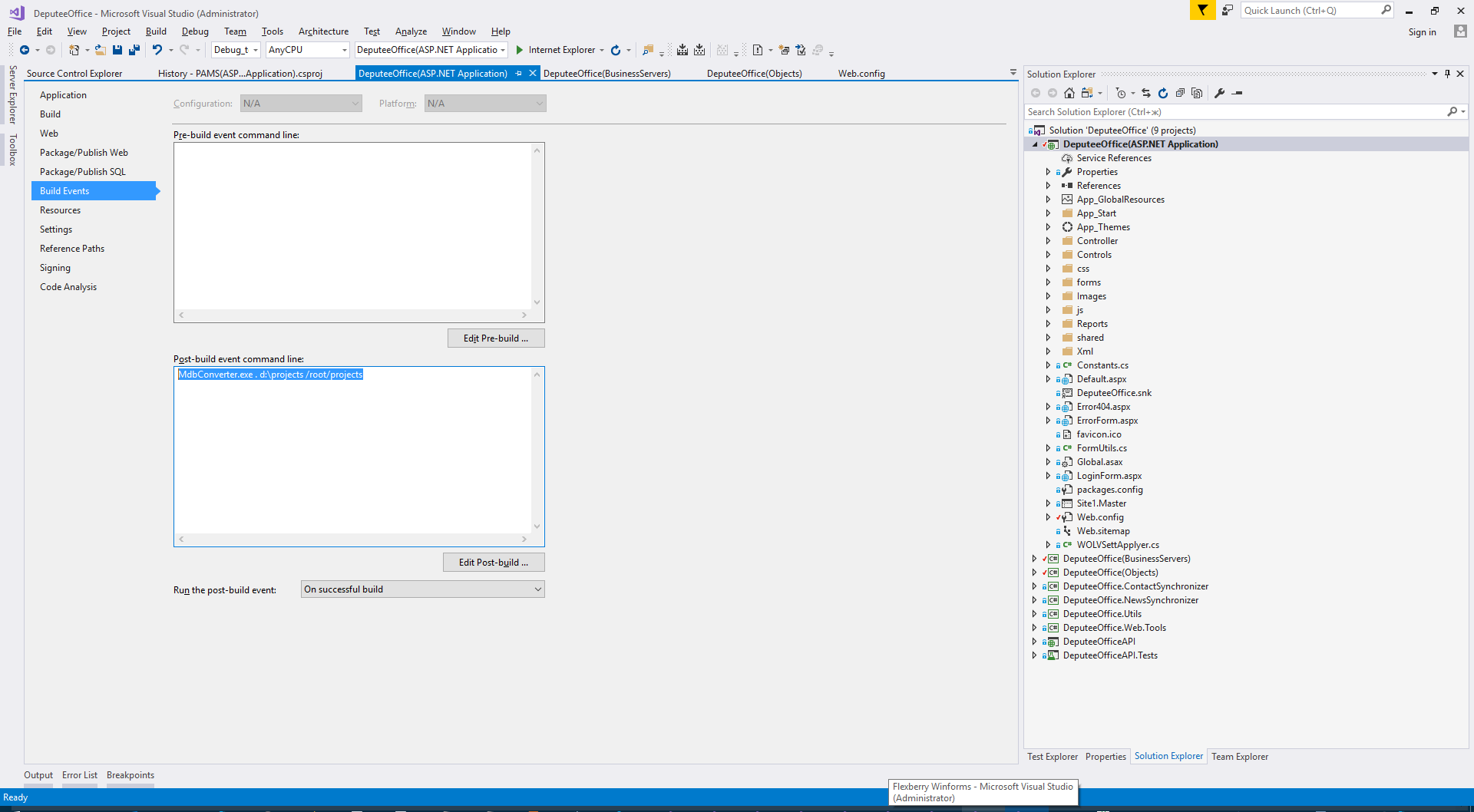
You specify the senders username so that the recipient can verify that This should create a file called "" that contains the Gpg -e -u "Charles Lockhart" -r "A Friend" mydata.tar Specify the secret key to be used, and -r to specify There are some useful options here, such as -u to Gpg -e -u "Sender User Name" -r "Receiver User Name" somefile This creates the file fingerprint with your fingerprint To generate a short list of numbers that you can use viaĪn alternative method to verify a public key, use: To list the keys in your secret key ring: To list the keys in your public key ring: This deletes the secret key from your secret key ring. To delete an private key (a key on your private key ring): Private key for this key pair from your private key ring first. With this public key, you will get an error! You must delete your NOTE! If there is a private key on your private key ring associated This removes the public key from your public key ring. To delete a public key (from your public key ring): This adds the private key in the file "private.key" to your private key Gpg -allow-secret-key-import -import private.key NOTE: I've been informed that the manpage indicates that "this is an obsolete option and is not used anywhere." So this may no longer work. This adds the public key in the file "public.key" to your public key There's a note (*)Īt the bottom explaining why you may want to do this. It's pretty much like exporting a public key, but you have to override Representation of the private key for User Name. This will create a file called private.key with the ascii Gpg -export-secret-key -a "User Name" > private.key Prints out the public key for User Name to the command line, which is Which by itself is basically going to print out a bunch of crap to your This will create a file called public.key with the ascii representation To export a public key into file public.key: the name for my private key is Charles Lockhart, but IĬan reference that by just putting in Lockhart. I *think* gpg is pretty wide in it's userĪssignments, ie. I've used User Name as being the name associated with the key. Something italicized, think "put my filename there." Please email me if you find any errors ( ).įilenames are italicized (loosely, some aren't, sorry), so if you see

It'sĮxplanation of some of the command line functionality from gnu privacy If you found this page, hopefully it's what you were looking for.


 0 kommentar(er)
0 kommentar(er)
